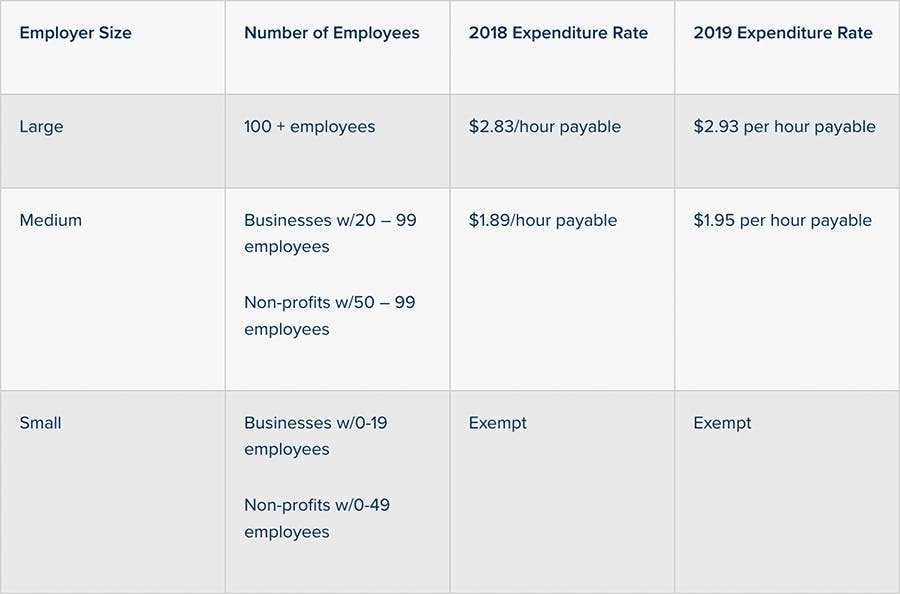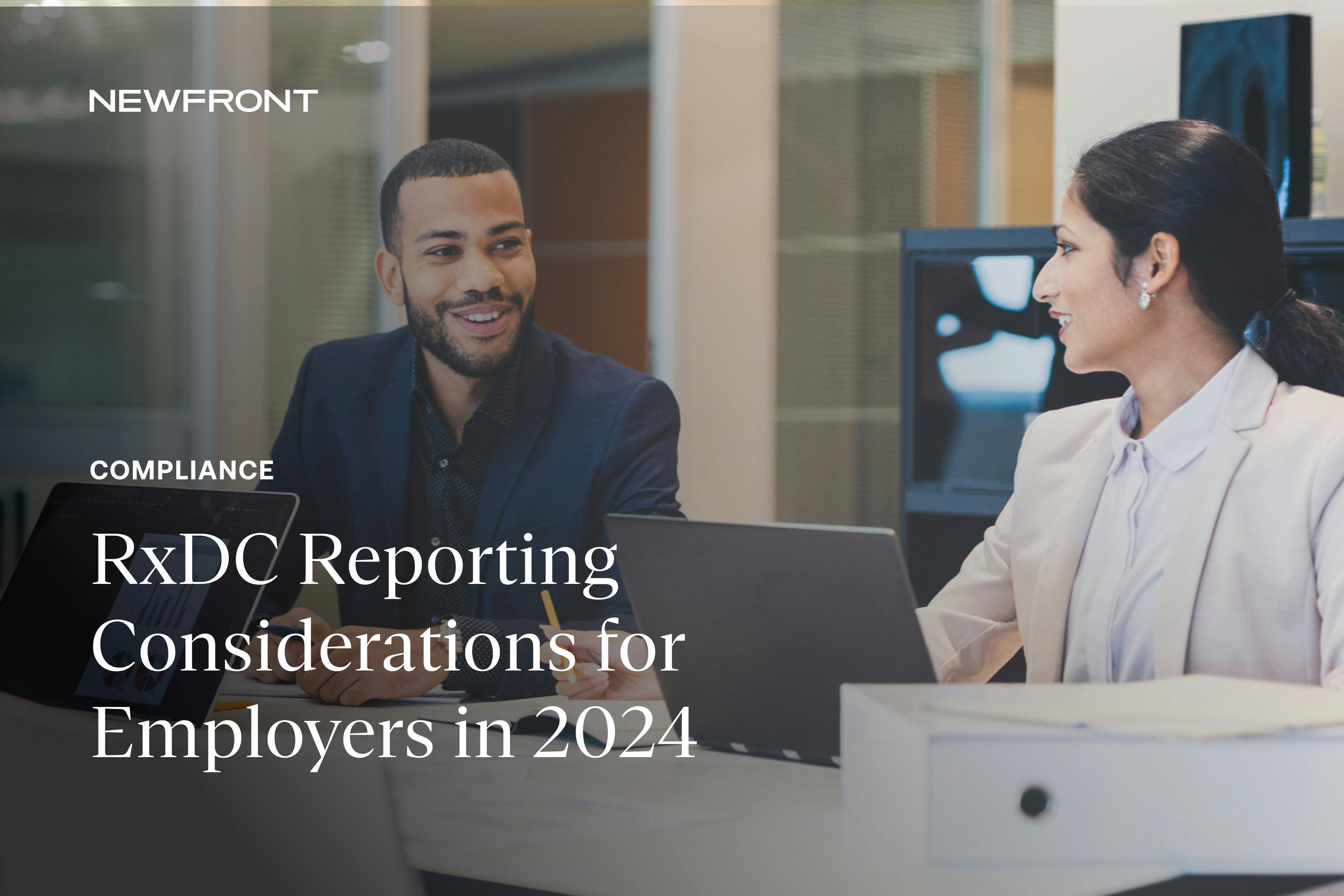2018 San Francisco HCSO Annual Reporting Form Released with an April 30 Filing Deadline
By Karen Hooper | Published March 20, 2019
2018 San Francisco HCSO Form Released Early
The eagerly awaited 2018 Health Care Security Ordinance (HCSO) Annual Reporting Form has been released earlier than prior years, which means San Francisco employers can get a head start on the reporting process.
The due date for the filing is April 30, 2019.
Who is a Covered Employer?
You are a covered employer and are required to file if you met the following three conditions in 2018:
employed one or more workers within the geographic boundaries of the City and County of San Francisco;
were required to obtain a valid San Francisco business registration certificate pursuant to Article 12 of the Business and Tax Regulations Code, and
employed 20 or more persons worldwide (for profit) or a nonprofit organization that employed 50 or more persons worldwide.
What Information do You Need to Complete the Form?
San Francisco Business Account Number
Total number of employees in each quarter (nationwide)
Number of employees covered by the HCSO in each quarter (SF only)
Total number of HCSO covered employees enrolled in the company’s medical/dental/vision plan in each quarter
Total amount of employer-share of medical/dental/vision plan premium paid for all HCSO covered employees (and dependents) in each quarter
Quarterly city option contributions (number of employees and amount spent)
Quarterly employer HSA contributions for HCSO covered employees (number of employees and amount contributed)
Fair Chance Ordinance reporting (related to hiring and employment process for individuals with arrest and conviction records)
What are the Employer Obligations under HCSO?
Satisfy the Employer Spending Requirement by making required health care expenditures on a quarterly basis on behalf of all covered employees (generally those who have been employed for more than 90 days, regularly work at least 8 hours per week in San Francisco, and for whom no exception applies) at the following rates:
Maintain records sufficient to establish compliance with the employer spending requirement3) Post an HCSO Notice in all workplaces with covered employees
Submit the Annual Reporting form by April 30th each year.
Which Employees are Exempt or Excluded from Eligibility under the HCSO?
There are five categories of exempt employees:
Employees who sign a waiver form and voluntarily waive their right to have employers make Health Care Expenditures for their benefit.
Employees who qualify as Managers, supervisors or confidential employees AND earn more than the applicable salary exemption amount.
Employees who are covered by Medicare or Tricare.
Employees who are employed by a non-profit corporation as a trainee in a bona fide training program.
Employees who receive health care benefits pursuant to the San Francisco Health Care Accountability Ordinance (HCAO)
A Reminder about the Waiver Form
The Employee Voluntary Waiver Form was updated as of November 1, 2017. This permits employees to voluntarily waive their right to employer health care expenditures under the HCSO. Employers must use the exact form and may not change the form in any way.
See our previous Compliance Alert for full details on what’s changed with the new waiver form, why employees might sign it, and action items for employers.
For more information on all of the HSCO requirements, check out the SF OLSE’s official HSCO website.
For more information, see our Newfront San Francisco Health Care Security Ordinance (HCSO) Guide.

Karen Hooper
VP, Senior Compliance Manager
Karen Hooper, CEBS, CMS, Fellow, is a Vice President and Senior Compliance Manager working closely with the Lead Benefit Counsel in Newfront's Employee Benefits division. She works closely with internal staff and clients regarding compliance issues, providing information, education and training.


